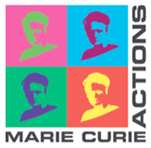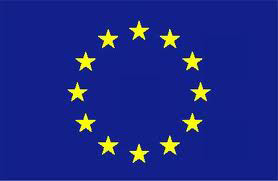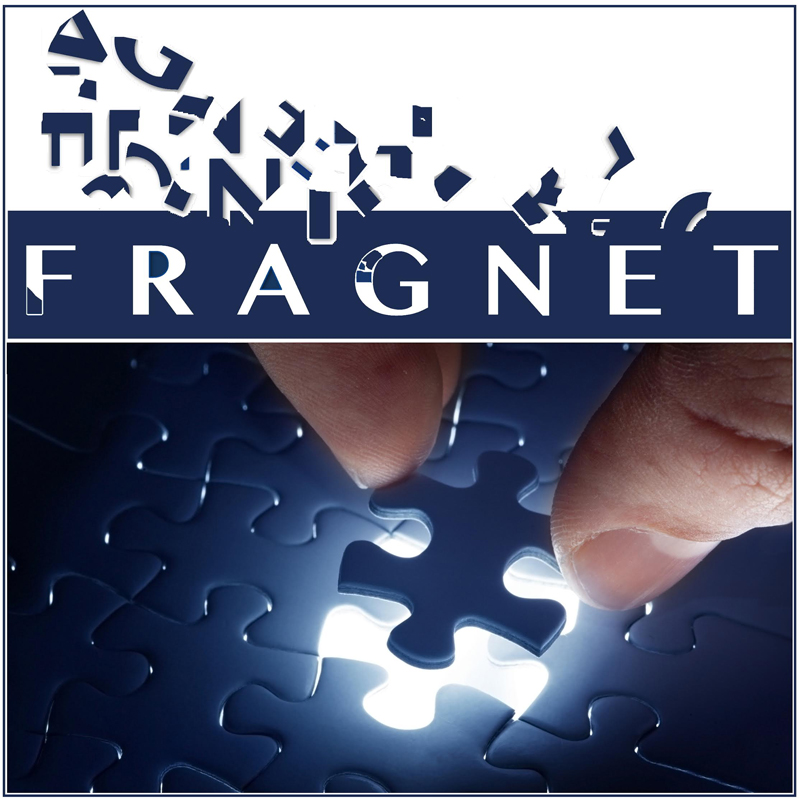ESR9: Fragment evolution platform – chemical navigation
Host: University of Barcelona, Spain
Academic supervisor: Prof. Xavier Barril (University of Barcelona)
Researcher: Moira Rachman
Download the full description of this project: ESR9: Fragment evolution platform – chemical navigation
An Automated Computational Platform for Fragment to Lead Optimization
To automate fragment to lead optimization, this project uses a computational platform, FrEvolution. The developed fragment evolution platform can be seen as a very unique virtual screening (VS) application as it is performed iteratively. In every iteration, similar analogues of a fragment that are slightly larger are screened. Based on several orthogonal structure-based approaches, the most likely to bind analogues are retrieved. From these, the chemical space is determined for the next round of VS, by again finding similar analogues that are slightly larger. The three orthogonal structure-based approaches are docking with rDock to determine a plausible binding mode where the fragment core is maintained, MMGBSA with Schrodinger to account for solvation effects, and the in-house developed method, Dynamic Undocking, to assess the robustness of key hydrogen bonds. All calculations are performed in parallel, for optimum efficiency.
The platform was used within the FragNet consortium, the Barril Lab and externally, as a tool to progress on-going projects. Furthermore, development of the platform led to the following projects:
Comparing Virtual Fragment Growing Strategies (in collaboration with XChem) – The platform was validated on the NUDT21 protein by comparing it with a standard VS. Based on experimental (SPR) data, the iterative VS approach gave higher hit rates, more ligand efficient compounds and more diversity.
Efficiently Exploring Accessible Chemical Space – As the platform has been optimized to be efficient, it can screen up to hundreds of millions of compounds. The effects of using a larger chemical space with the platform were studied for another fragment found to bind NUDT21. Docking scores suggested that using a larger chemical space, better compounds can be found. The compounds will be purchased and tested by SPR.
Fragment Growing from Multiple Binding Modes – This project aims to rescue fragment hits that are found to bind, but for which no binding mode could be obtained by crystallography, by using the platform to automatically evolve fragments from viable predicted binding modes. Four case studies for HSP90, BRD4-BD1 and DYRK1A kinase of fragments were used and experimental (DSF and NMR) results showed binding for evolved compounds from each predicted binding mode.
In addition to the main project, the following side projects were conducted:
1. At the Research Center for Natural Sciences in Budapest.
• Scaffold Hopping with a Novel Hinge Binding Fragment Discovered through Virtual Screening
• DUckCov: a Dynamic Undocking-based Virtual Screening Protocol for Covalent Binders
2. At the Uppsala University:
• Binding pocket assessment and fragment growing with FrEvolution for SMYD3 methyltransferase.
Other projects
- ESR1: 3D Fragments with small aliphatic rings – David Hamilton
- ESR2: Novel 3D fragments – Hanna Francesca Klein
- ESR3: Warhead Library of Covalent Fragment Binders – Aaron Keeley
- ESR4: Development of FBLD techniques for Intrinsically Disordered Proteins – Darius Vagrys
- ESR5: Biophysics Based FBLD – Sébastien Keiffer
- ESR6: FBLD experimental methods – Edward Fitzgerald
- ESR7: Understanding PDE binding kinetics – Pierre Boronat
- ESR8: Virtual Screening of Fragment Libraries of Covalent Binders – Andrea Scarpino
- ESR10: Fragment evolution platform – molecular simulations – Maciej Majewski
- ESR11: Fragment-based approaches to identify novel PPI inhibitors – Lorena Zara
- ESR12: Covalent fragments to activate industrial enzymes – Eleni Makraki
- ESR13: Fragment-based assessment of new antibiotic target – Bas Lamoree
- ESR14: Targeting allosteric pockets with FBLD – Lena Münzker
- ESR15: Science, Business & Innovation in the pharmaceutical sciences – Angelo Kenneth Romasanta
Contact details
Please contact us at:
info@fragnet.eu
FRAGNET Coordinator
VU University Amsterdam
The Netherlands
Funded by
 Marie Curie Actions
Marie Curie Actions
 EU Horizon 2020
EU Horizon 2020
 European Union
European Union

